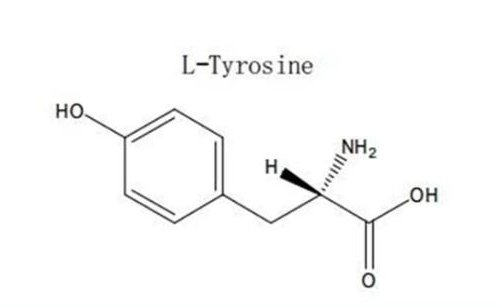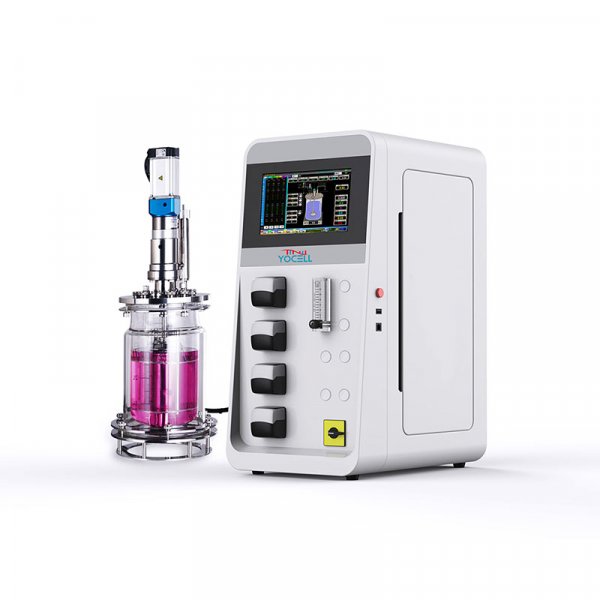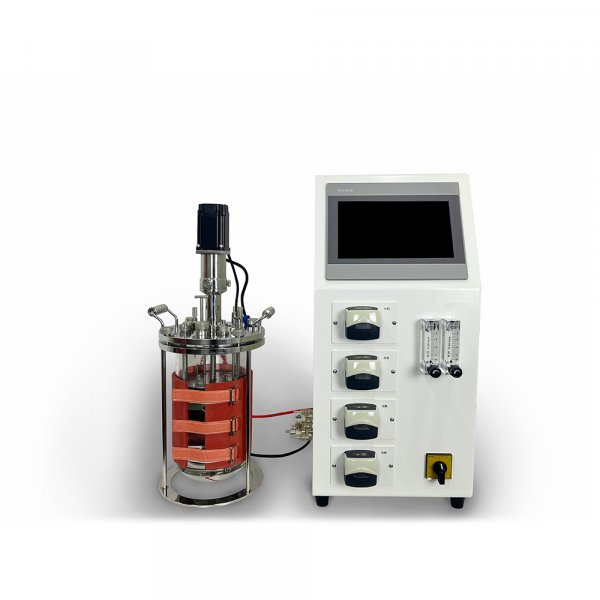In protein and antibody purification, how to accurately locate the target sample is an important parameter to consider during the experiment. How to choose the appropriate absorption wavelength is related to the success of our separation experiment and is the basis for our experimental protocol design.
As we all know, the ultraviolet absorption of livestock owned by proteins is derived from aromatic amino acids such as chromotic acids and tyrosine, which contain conjugated double bonds in the molecule and have the largest light absorption peak around the wavelength of 280nm. Since most proteins contain tyrosine and tryptophan residues, measuring the absorbance of proteins at 280 nm is one of the fastest ways to analyze the protein content in solution.

However, some proteins have few or unexposed aromatic amino acid residues and therefore have weak absorbance at 280 nm. In addition to proteins, other biomolecules also have spectral absorption.
Below we will list some common biological sample separation monitoring wavelengths as a separation reference:
Detection Wavelength(nm) | Sample Type |
214 | Peptide samples, as well as partial protein samples containing peptide bonds |
230 | Organic mixtures as well as chaotropic salts |
260 | DNA/RNA |
280 | Aromatic amino acid residues (tryptophan, tyrosine, and phenylalanine) |
390/420 | coenzyme |
490 | GFP(Green fluorescent protein) |
600 | Protein aggregates |
Yocell protein purification systems with a variety of UV detector sizes. Fixed wavelength can detect the separation of target components in real time, and variable multi-wavelength can simultaneously observe target proteins and key impurities to meet the choice of wavelength determination during your experiment.
Detector model | Detector name | Wavelength range | Note |
F1 | Fixed single wavelength detector | default wavelength: 280nm | If necessary, the wavelength value can be changed |
F2 | Fixed dual wavelengths detector | default wavelength: 260/280nm |
V2 | Dual channel variable wavelength detector | 200-400nm | Detect 2 wavelengths at the same time |
V4 | Qual channel variable wavelength detector | 200-400nm | Detect 4 wavelengths at the same time |
V6 | Qual channel variable wavelength detector | 200-600nm |
V8 | Qual channel variable wavelength detector | 190-840nm |




